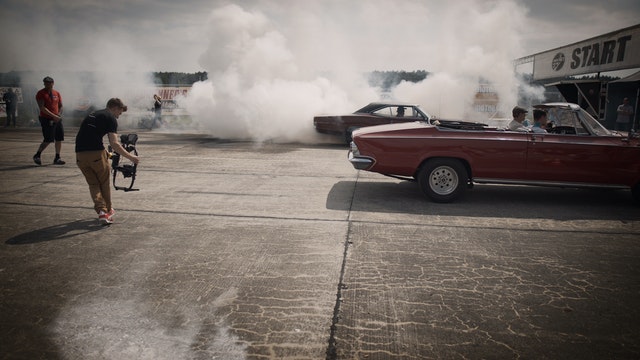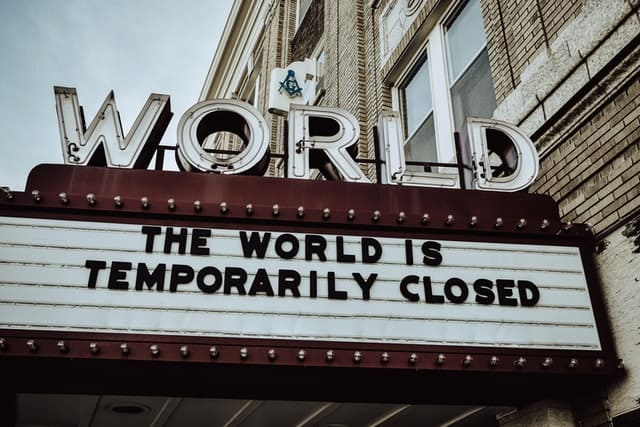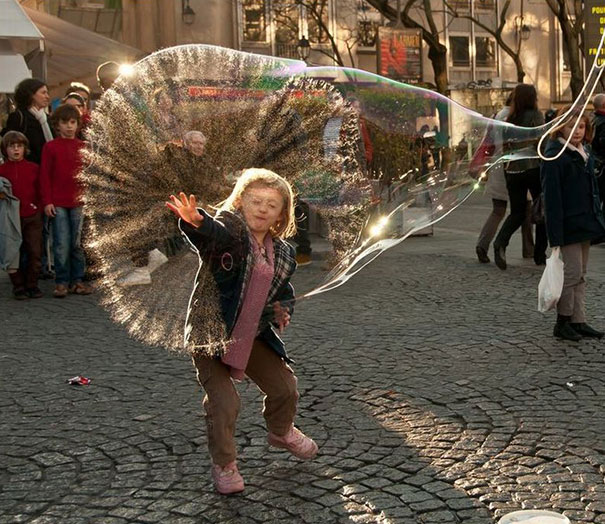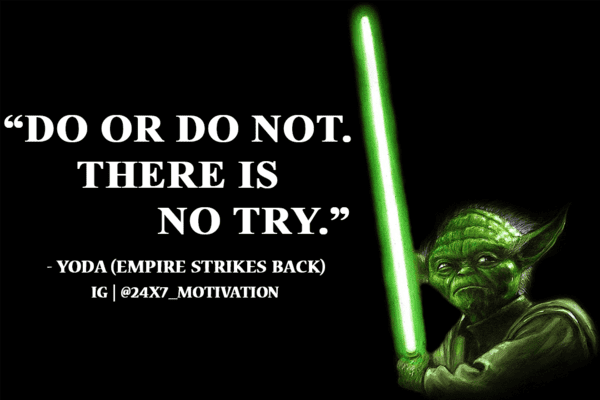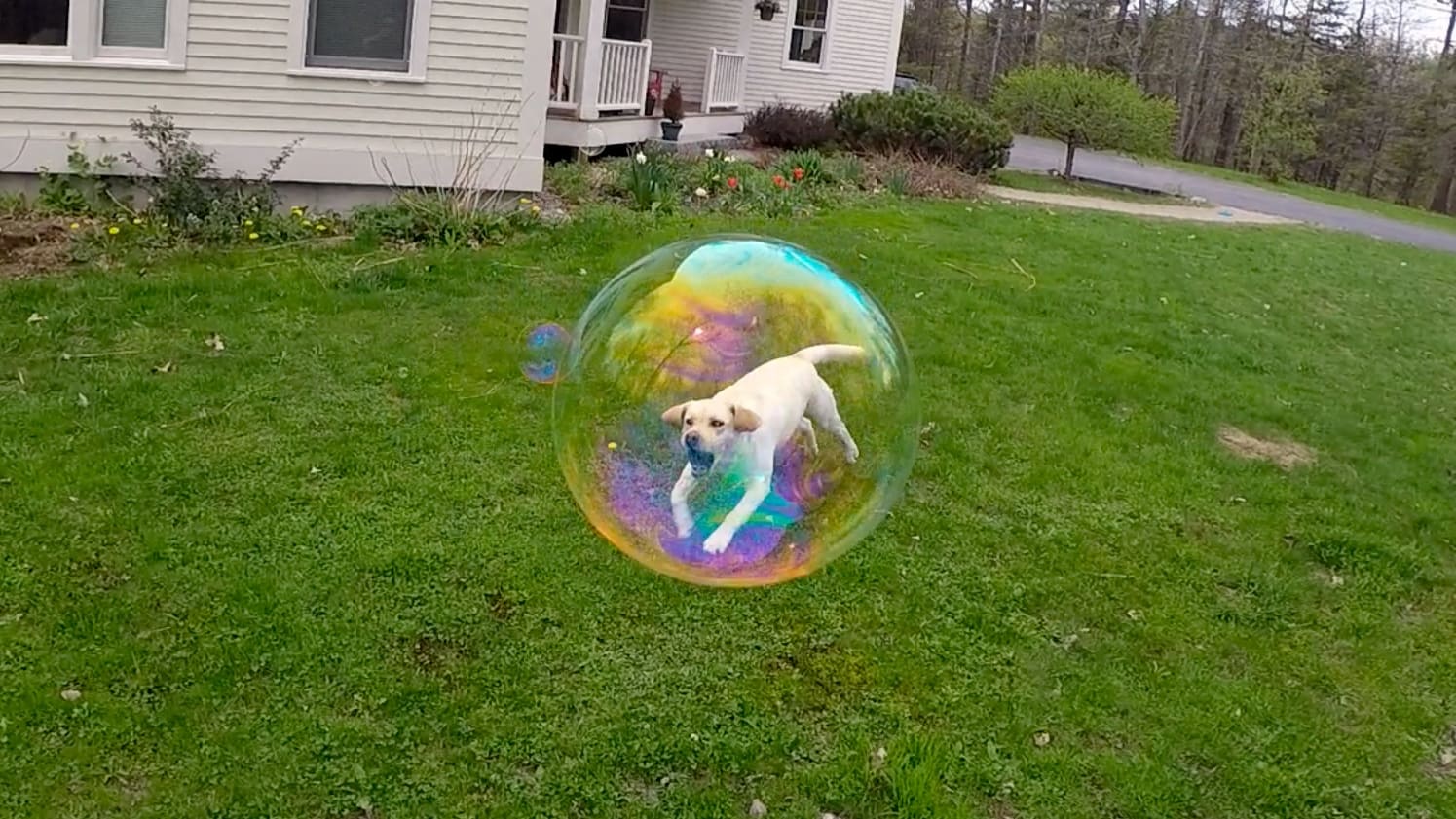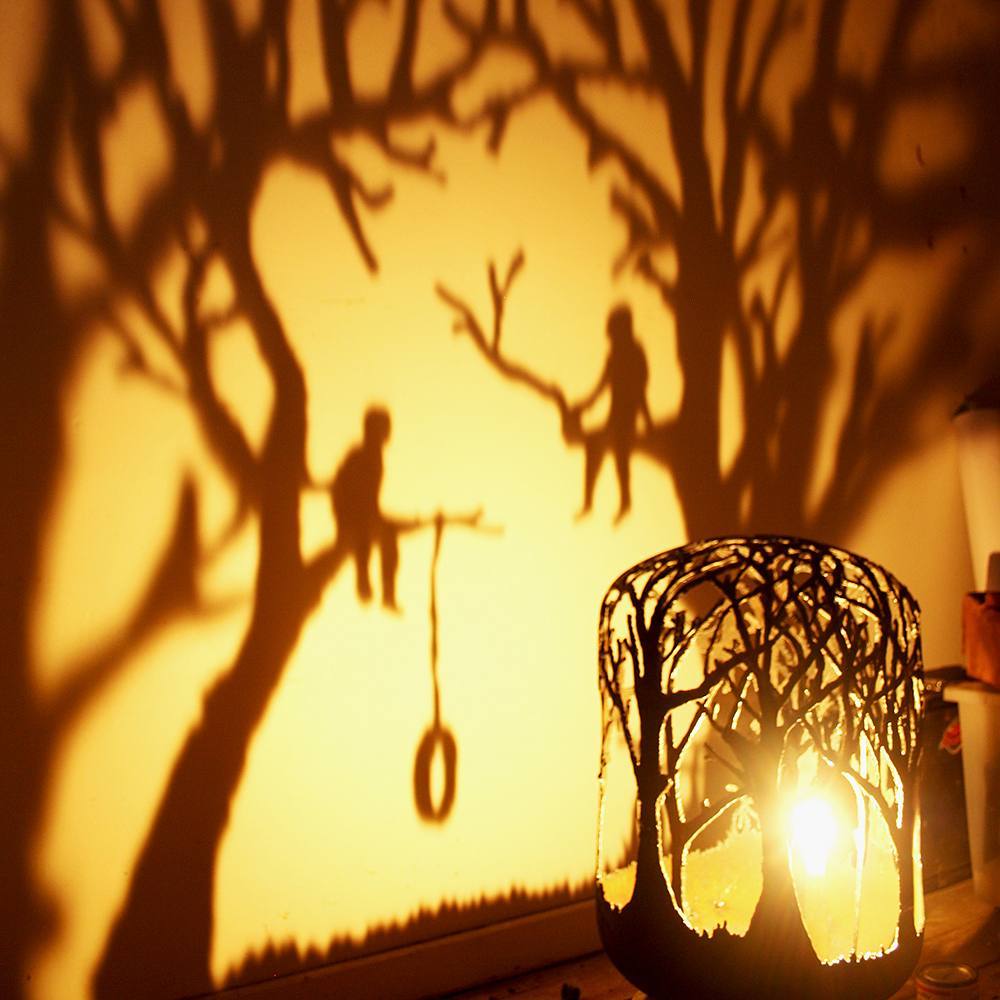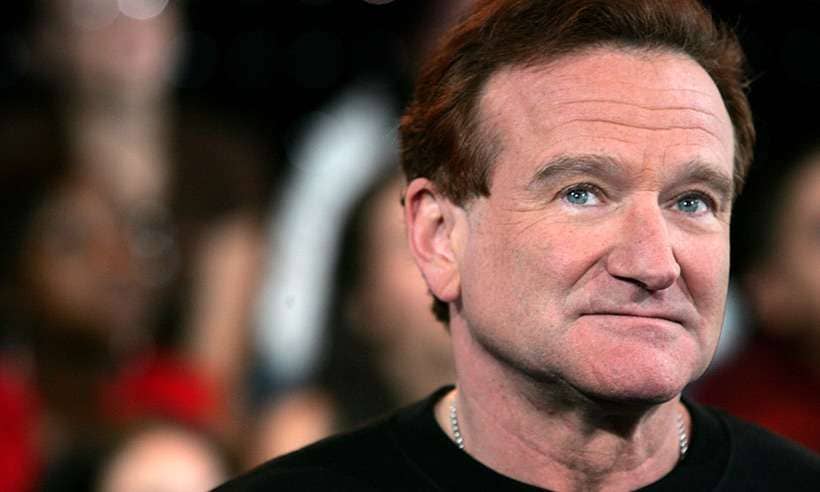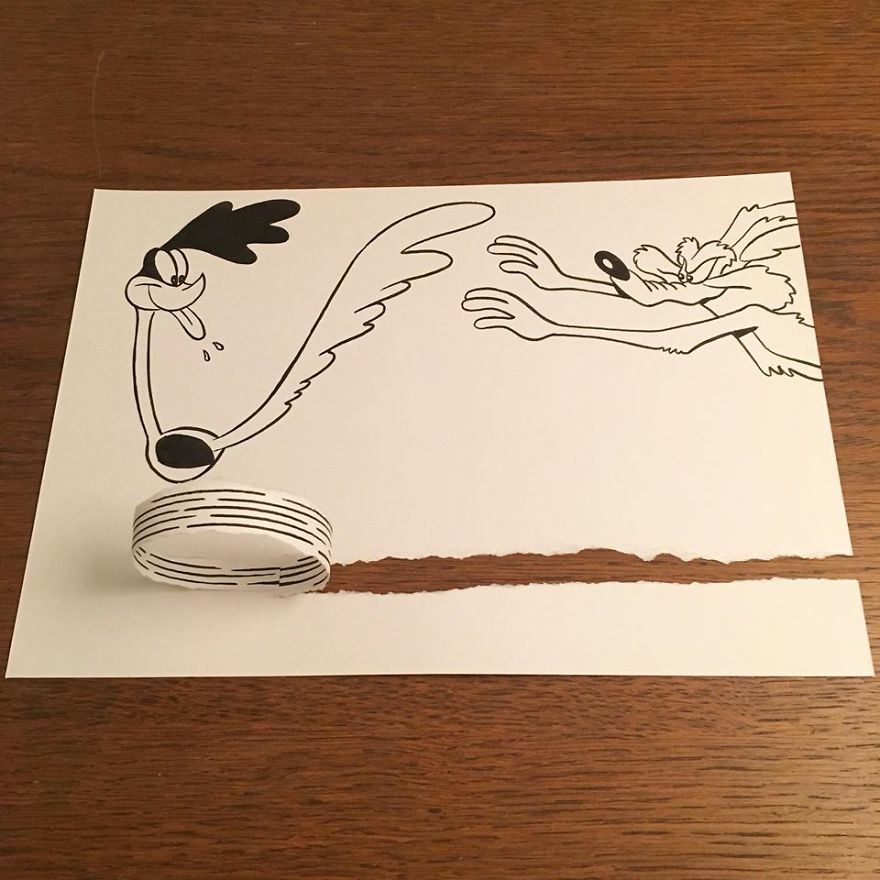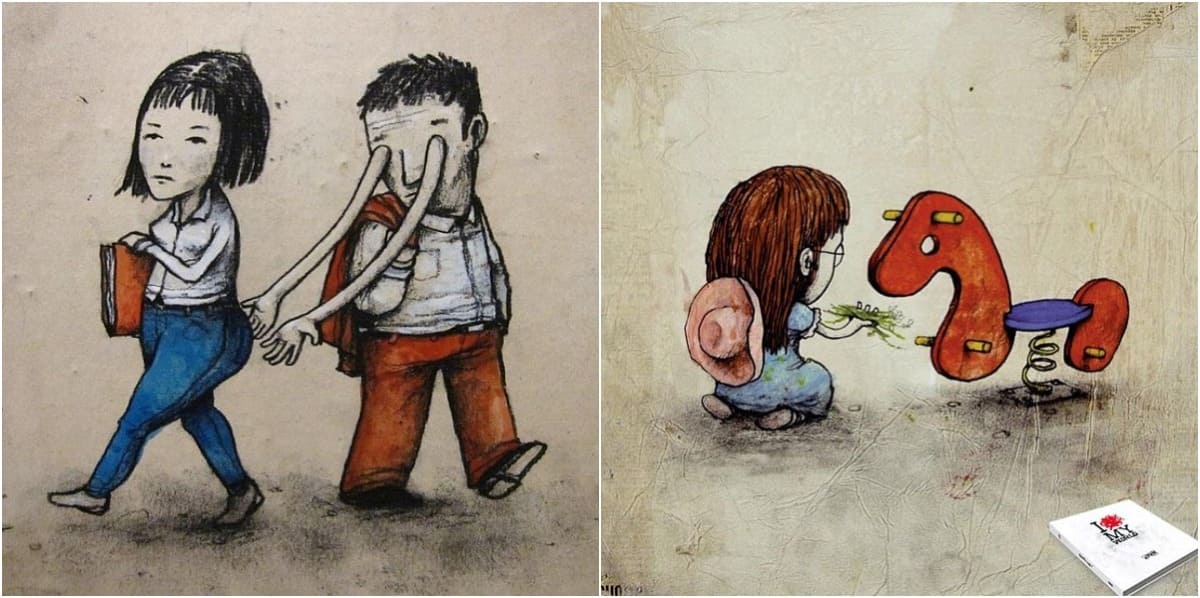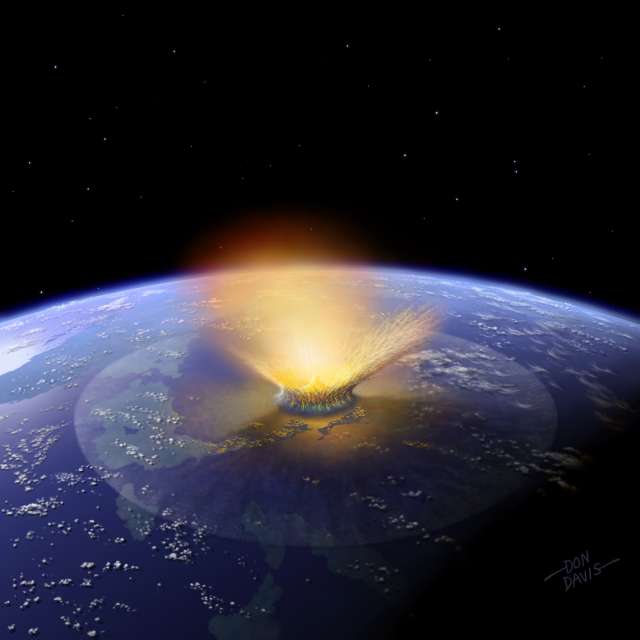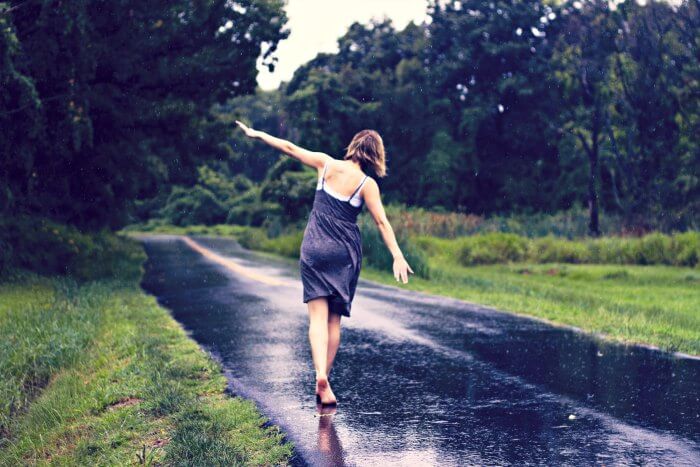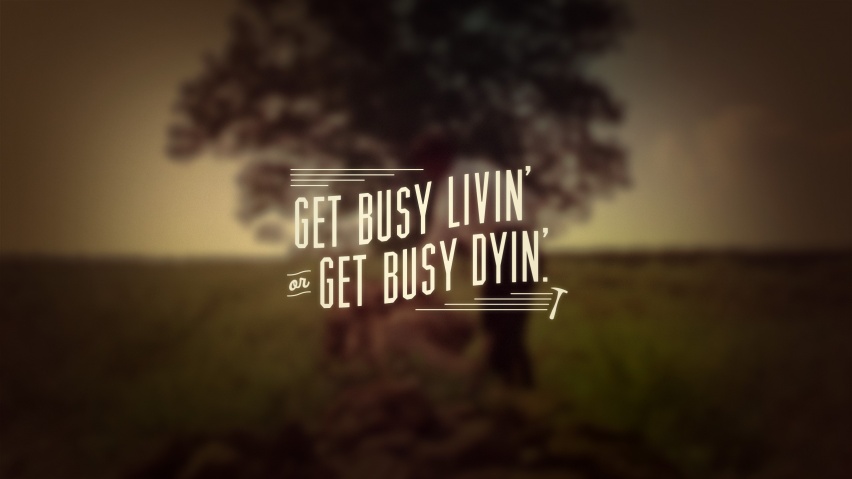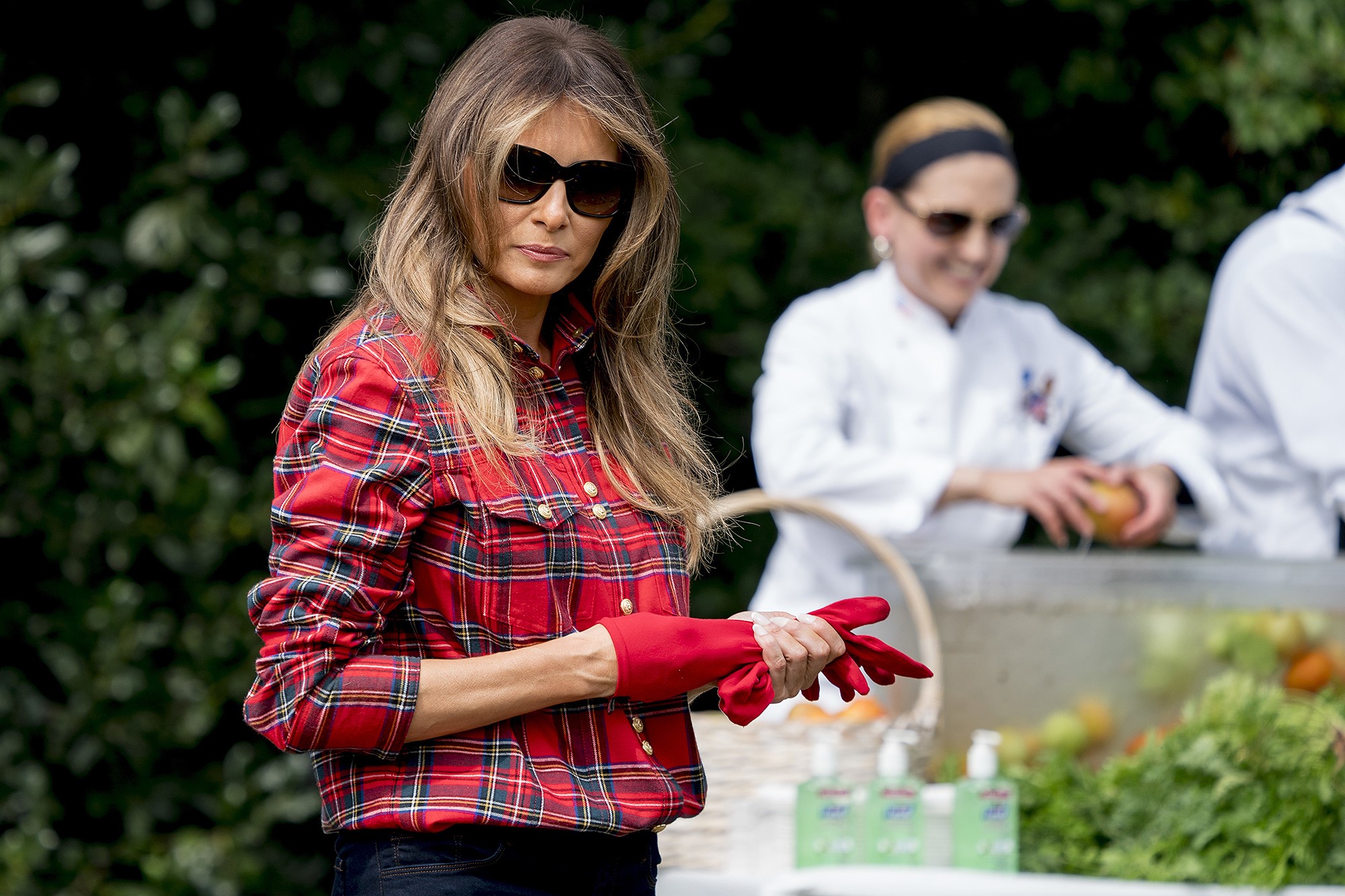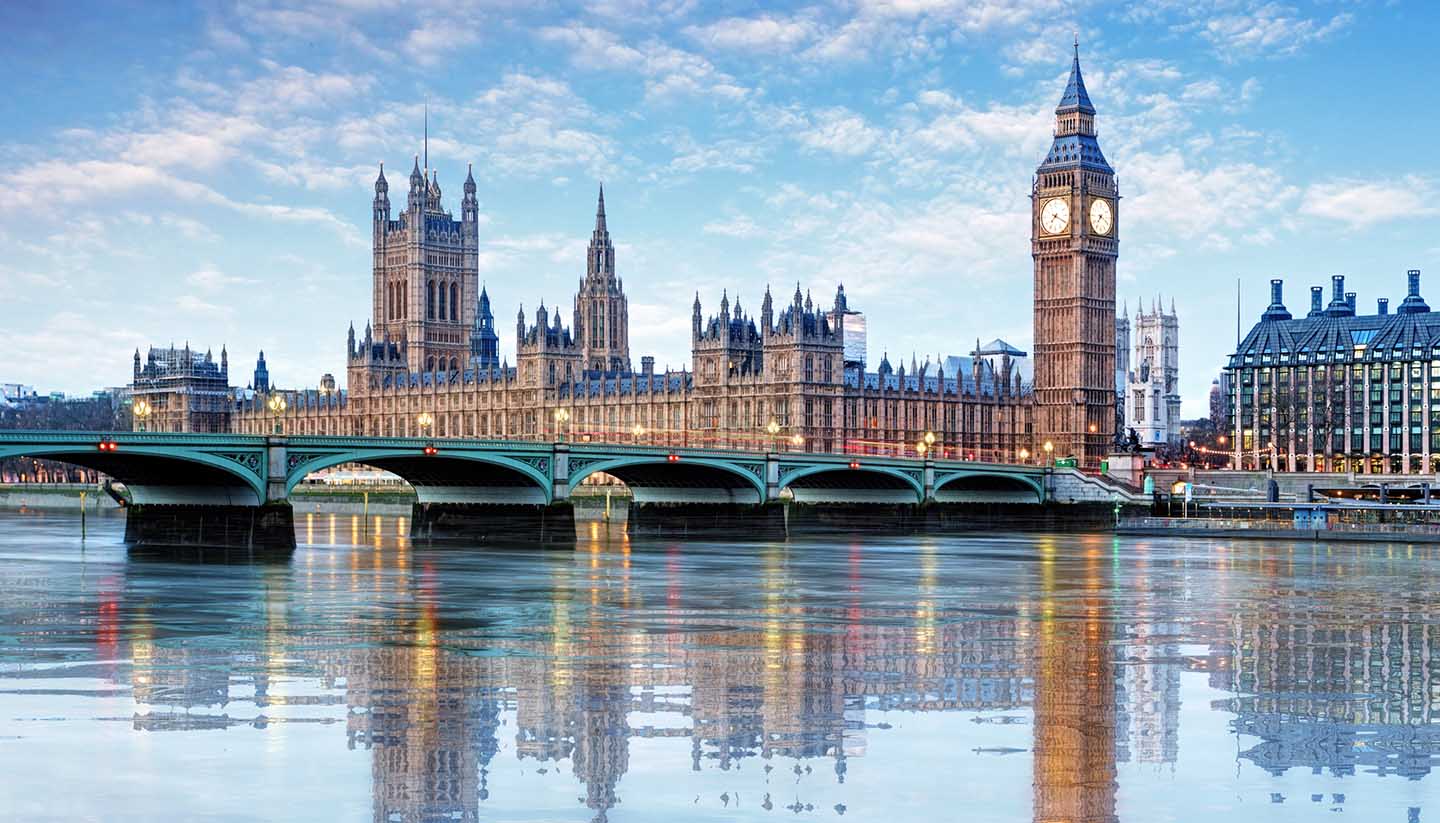We all have that one great moment and ideas that we think would make one heck of a movie, tv-series, or at least an epic short film. But have you ever wondered what goes while making a film?
If you have, we've curated the actual step by step process of making a movie.
Planning:
1. Idea
We've all heard this famous line from Avengers "There was an Idea..". Just like the Avengers Initiative, every great thing starts with an idea, and the same goes for a film project.
Some make adaptations from a novel or already existing content others come up with something unique and extraordinary. Whatever the case, you need a draft before you start writing the screenplay.
So take a pen and diary and start writing your story. It should include plot, characters, locations, and basic flow of the story.
2. The Script
The script is the root of your project. This is the step where writing, planning, and creation of the project takes place.
A script or screenplay is where you'll write down the story, setting, dialogues, and character action and expression.
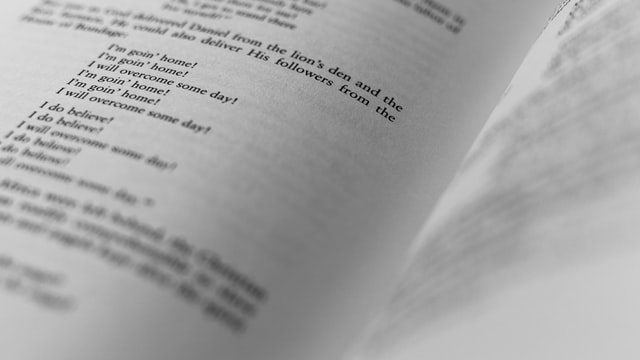
Image by Brooks Leibee from unsplash
3. Cast and Crew
This is one of the most important steps while making a movie. Try your best to avoid including family members unless they have a great background and worked on a lot of different projects in the past.
To select the perfect casting, do proper interviews and auditions and take your time before finalizing the character in lead roles.
If you have the budget to cast a professional talent, do it, their fan base can help promote and support the project.
4. Location
You'll get the idea of locations while writing the screenplay, but choosing the proper places can turn out to be tedious work, but selecting the right locations can enhance the quality of your project.
Visit the location before the actual shooting and do some rehearsal to get the feel of how it will look in the production.
5. Legal
Before starting the actual filming of the movie, make sure you have the proper legal documents. You'll probably need a professional to complete the whole process.
This can include getting the proper movie rights of the script (especially if it's an adaptation), insurance for film production, legal contract to shoot in most locations, crew contracts, and documents to show you own the music in the movie.
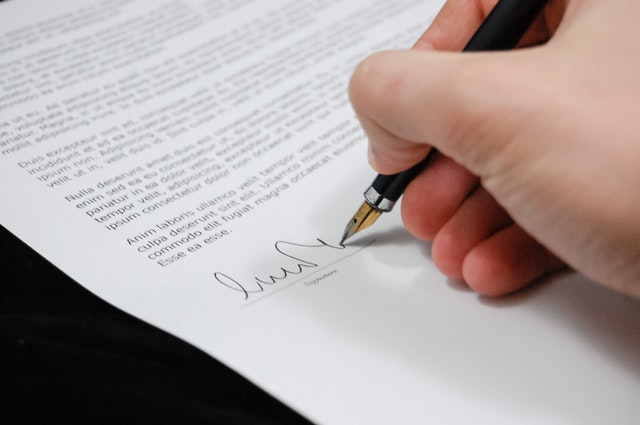
Image by Pixabay
Production:
6. Filming
It's time for Lights, Camera, and Action.
This is the stage where all the ideas and creativity takes place, one scene at a time. This is where most of your budget will be used.
Before you start filming, you need to set-up each shot perfectly.
- Check the focus and framing, so you don't miss out on anything important in the scene.
- Check the lights to see if you have the proper exposure or not.
- Last but not least, check the sound of the shot. So you don't have any unnecessary noises in the scene.
7. How to shoot a scene?
Get proper camera coverage, which means make sure you get all the possible shots of the scene.
Rehearse the scene a couple of times before you film it.
If your budget allows, set-up multiple cameras from different angles, so you can have multiple shots of the same scene, and you can choose the one that looks best in the final cut.
Post-production:
8. Editing
Film editing is often referred to as the "Invisible art" because when done right, people won't even notice the editor's work.
Well, it might be invisible to the audience, but for a filmmaker, it is one of the primary steps in post-production because it is the editor's job to assembles the footage to create a story.
9. VFX
Visual Effects (or VFX) usually means integrating special effects in the shots, but it can also involve the making of opening and ending credits. VFX is added when the shots are expensive, dangerous, or impossible to capture in the film.
These days, VFX is being used heavily in almost all movies produced. Avengers: Endgame (2019), the highest-grossing film of all time, had around 90 percent of VFX.

Photo by Josh Hild from Pexels
10. Sound Editing
Before the 'The Jazz Singer' (First ever non-silent movie), the sound editing was not a necessary step in the film making. But over the last 2-3 decades, it has become more and more complex. Sound editing is the process of clearing up the dialogues, adding sound effects, and selecting recordings for the final phase of sound mixing.
Sound Editing and Sound Mixing are two different things. Former means recording and creating a sound both on and off set whereas, Sound Mixing means adjusting or fixing the levels of each sound layer.
11. Music
We all have that one favorite score or musical themes that are burned in our mind forever. Adding the right music can make our project exponentially better. You can create your score or license a pre-recorded music track to add in your film.
Finishing Touch:
12. Subtitles and Dubbing
If you want to reach a global audience you need to have your film in multiple languages. The most efficient way is to create multiple dub versions of your project. This is a time consuming and costly option if you're on a low budget.
If you can't afford the dubbing you can also create subtitles for multiple languages, which are a great and easy option.
13. Distribution
You should be prepared for this step before starting on the actual project. Without a good distribution strategy, all the above steps don't matter (if you're looking for a profit). Distribution involves sending copies to cinemas, selling to a TV network, releasing directly for the DVD, or giving rights to a streaming service.
You probably get the idea of how tedious and exciting a film making process can be. But it will all be worth it in the end. So, go get your lucky pen and start writing because it all begins with one great idea.
